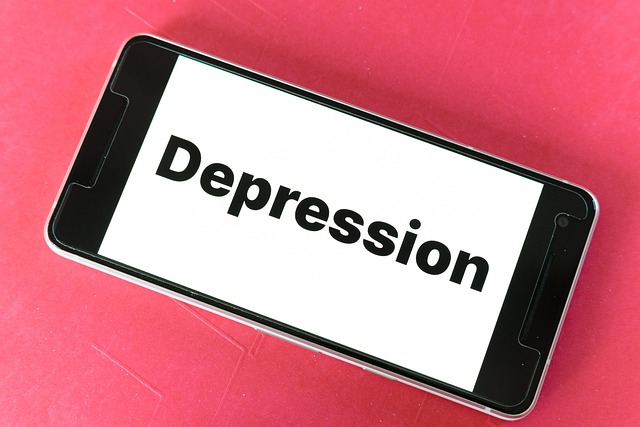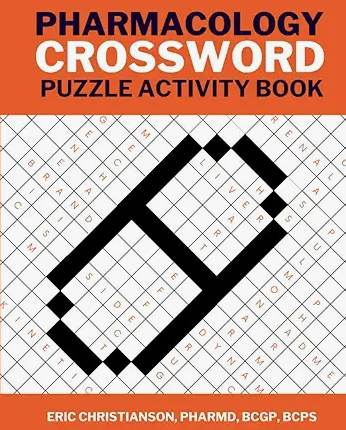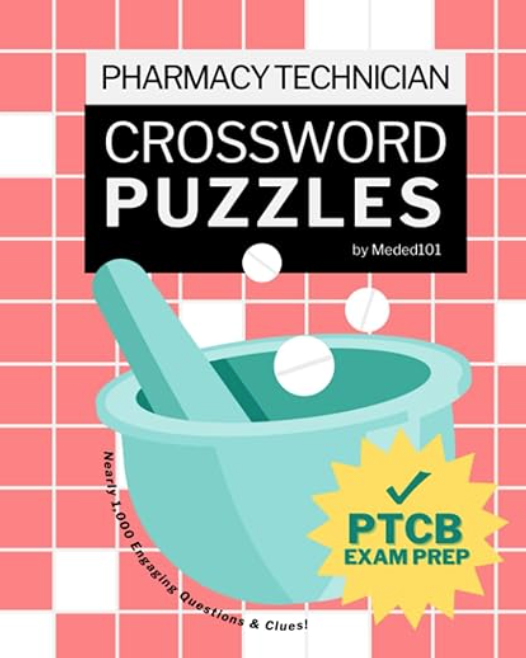Bupropion (Wellbutrin) is an antidepressant that is most commonly used as an alternative (or sometimes in combination) to SSRIs. In this post, I will share my most important bupropion clinical pearls as well as some things that may show up on your board exam!
Seizure Risk
One of the most highly testable bupropion clinical pearls is that it can increase the risk of seizures. In practice, I always look for a patient who may be taking antiepileptic agents if bupropion is being considered for use. We should avoid using this medication in anyone with a past history of seizure disorder.
Sexual Dysfunction
The SSRIs are well known to cause sexual dysfunction. Bupropion tends to reduce the risk of this adverse effect and may be a suitable alternative for a patient who has struggled with this adverse effect from SSRIs.
Insomnia and Anxiety
Bupropion tends to be more activating than sedating. This is different from many antidepressants. While this may be a good thing for some patients, for others it may cause troublesome insomnia and anxiety. When reviewing patient-reported concerns of new onset insomnia/anxiety I always review the medication list to ensure that bupropion isn’t contributing to this issue.
Indications
Bupropion has numerous medication indications. Depression, smoking cessation, and ADHD are among some of the few that bupropion has evidence to support its use. In addition to these indications, recall that bupropion may be used in combination with naltrexone for weight loss (brand name Contrave).
Bupropion Drug Interactions
There are numerous bupropion clinical pearls contained within its drug interaction profile. Bupropion is a CYP2D6 inhibitor and is listed on the front page of my free PDF on drug interactions. Any medications that are significantly metabolized by CYP2D6 may see their concentrations go up when bupropion is added to that patient’s medication regimen. There are quite a few other psychiatric medications that are metabolized by CYP2D6 such as haloperidol and duloxetine to name a couple.
It is also important to remember that there are some medications that are activated by CYP2D6. Hydrocodone and tamoxifen are two prodrug-type medications that require activation by CYP2D6 activity. Bupropion may blunt this activity and lead to lower active metabolite concentrations and ultimately increase the risk of treatment failure.
The other interaction I pay attention to with bupropion is the additive effect it may have on seizures. In general, it is ideal to avoid using bupropion with other medications that could lower seizure threshold. Tramadol and clozapine are two example medications that could have additive seizure threshold lowering effects.
- 30 medication mistakes PDF
- 18+ Page Drug Interaction PDF
- 10 Commandments of Polypharmacy Webinar based on my experiences in clinical practice









0 Comments